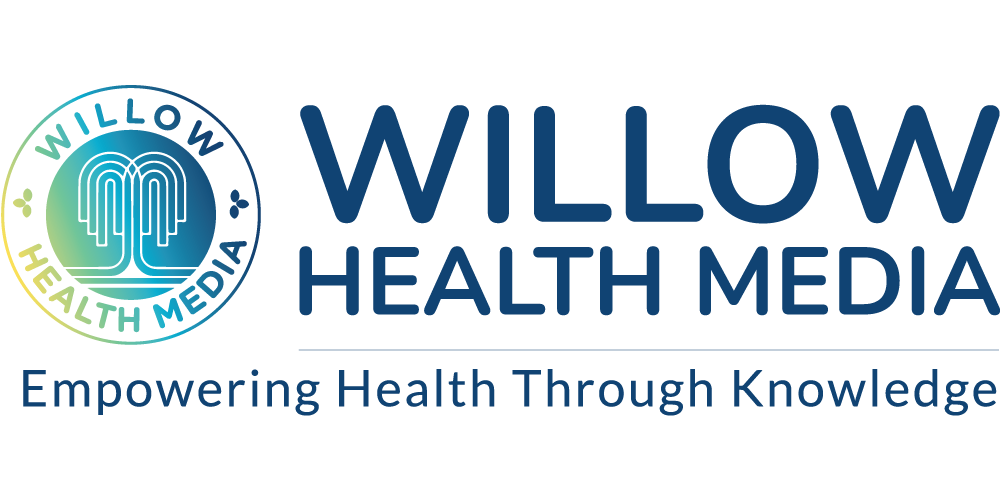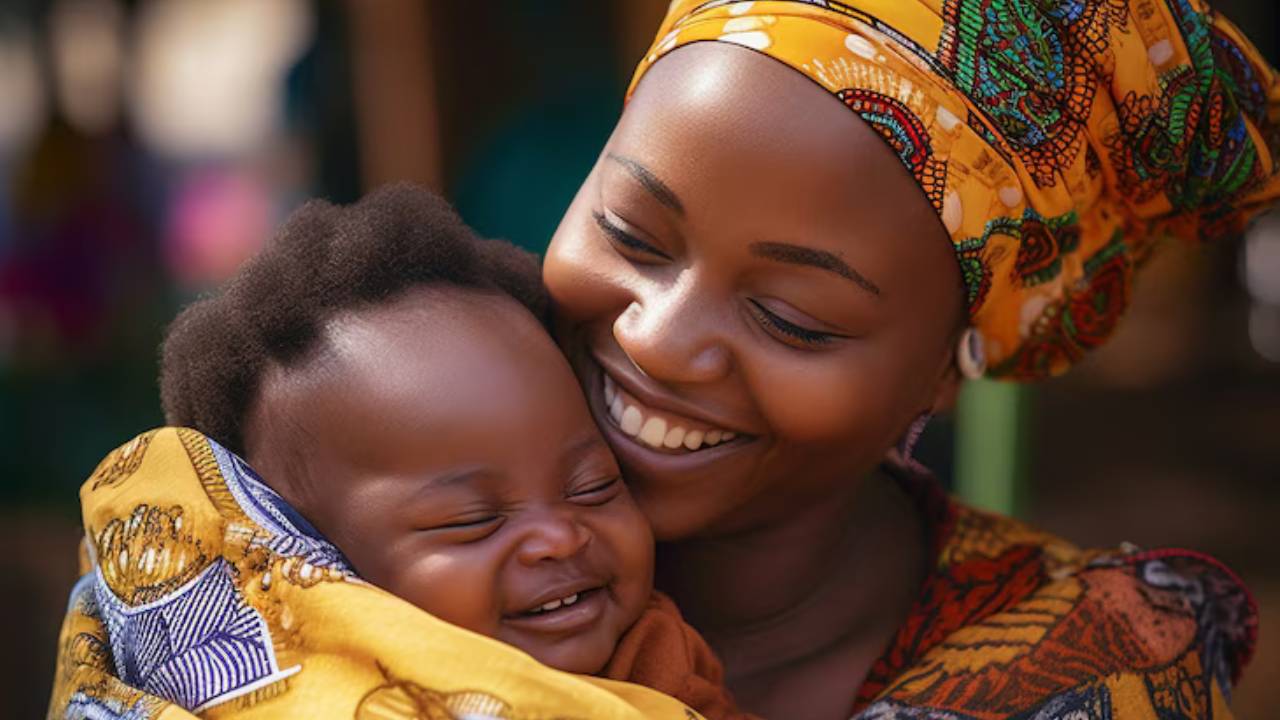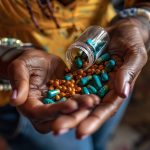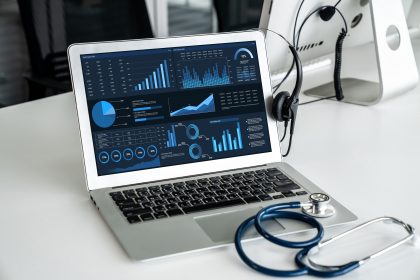In South Africa, HIV self-testing is via WhatsApp chatbot—no clinic, no awkwardness, just a calm voice guiding you snap a photo of your test strip. Click. Then results appear.
In 2023, just half of Kenya’s health facilities could provide lab services due to equipment shortages and staffing gaps, forcing many patients to forgo critical testing when they couldn’t travel further from their home areas, according to data from the Ministry of Health.
Only 30 per cent of African health facilities can perform basic diagnostic tests due to equipment shortages, according to the World Health Organization (WHO). Without proper diagnosis, patients miss timely treatment, blocking universal health coverage. Other roadblocks include funding gaps, poor infrastructure, and staff shortages.
But now the world is on the cusp of an Artificial Intelligence (AI) revolution, with ability to perform healthcare tasks that were previously done by humans. Africa has an opportunity to ride the AI wave towards achieving Universal Health Coverage (UHC). Is Kenya ready?
While Africa faces AI adoption challenges, health pioneers are pushing forward. With over 50 per cent of Africans lacking healthcare access, according to the Africa Health Agenda International Conference (AHAIC) 2021 Report, AI tools offer hope in reducing costs, shortening treatment times, and supporting doctors by automating medical procedures and enhancing clinical decision-making.
Chatbots minimising hospital visits, assisting nurses before medical consultations—in Kinyarwanda
One such study states that AI will help bridge the shortage of medics via ‘telehealth’ while ‘chatbots may minimise hospital visits and assist with triaging before medical consultation.’
In Rwanda, for instance, eFiche, a Rwandese company, provides AI-based healthcare solutions, including health records, disease prediction, treatment optimisation, healthcare outcome forecasting, and advanced biobanking, among others.

“Technology is a great equaliser. We are right in the middle of it,” said David Kamugundu, CEO of eFiche.
eFiche has surpassed one million patient visits in under two years, now serving 135 health facilities besides processing over 100,000 monthly consultations, according to Larissa Ziga, a project manager at eFiche. It has also digitized 2.3 million prescriptions and supports more than 550,000 unique patients – including over 14,000 family planning visits.
Based on this data, Rwanda can predict outbreaks because every blood pressure reading, fever, or birth registration feeds into Datasphere, the national analytics engine. “It flags disease spikes in real time—be it malaria in the eastern corner or postpartum complications in the northern corner of Rwanda. Nurses and district teams use this intelligence to act early and allocate resources faster,” said Ziga
The new AI-based Electronic Medical Records (EMR) will finally replace paper forms, simplify registration while creating a seamless network between healthcare providers, noted Ziga.
eFiche is adding smart AI tools that analyse past patient data to predict health risks, and Ziga says, “These models warn of conditions like pre-eclampsia before symptoms escalate,” and help nurses make life-saving decisions in their native language.
“In clinics without doctors, our tools help nurses triage cases, recommend tests, and follow national protocols—in Kinyarwanda,” she said.
Users can ask follow-up questions, receive support—in a private WhatsApp chat
Other AI tools target epidemics like HIV. In South Africa, ‘Your Path’ – a WhatsApp chatbot for HIV self-testing – was recently piloted by Indlela.

“It provides a step-by-step guidance to how one can do a HIV self-..like oral, your blood and other types,” said Nomsa Mahlalela, a nurse associate at Indlela.
The WhatsApp chatbot provides step-by-step HIV self-test guidance, then analyzes uploaded photos of test results to deliver instant diagnoses. Users can ask follow-up questions and receive support—all within the same private chat, creating a seamless testing experience from start to finish.
Mahlalela says once, done, users are linked “to HIV prevention services if you have tested negative, or HIV treatment services if you tested positive.”
Following a successful pilot, Indlela is currently using the feedback to improve the chatbot.
Mahlalela says Your path can increase access to HIV testing, as around 94 per cent of participants preferred the convenience of the chatbot which can be used anywhere without the stigma of being tested at a facility and “if they come out crying, everyone will know that things didn’t go well,” said Mahlalela.
Heavyweights in the diagnostics industry are also integrating AI like Roche Diagnostics, the Swiss giant which is a major provider of HIV diagnostics solutions as “Over 60 percent of the HIV viral load tests done on the continent are on our solutions,” explains Taofik Oloruko-Oba, Country Manager, Kenya, and Head of East Africa Network at Roche Diagnostics. “Every year, about eight million tests are done on our platforms.”
AI-guided ultrasound device allows minimally trained health workers to perform scans
Oloruko-Oba said in 2021, Roche introduced Navify Suite, an AI-powered tool to help improve lab operations and provide medical insights.

Roche’s suite includes Navify Analytics and Navify Monitoring, which streamline labs (optimising staffing, test turnaround) and piloting an AI sample-tracking system with Kenya’s Health Ministry.
Oloruko-Oba said their AI helps in “building algorithms for efficiency”, which African startups can hardly muster as they lack Roche’s R&D millions. Most AI health innovations rely on NGO funds, like ‘Your Path’ is bankrolled by PEPFAR and the Gates Foundation, as governments remain hesitant investors in this nascent field.
Uganda’s Makerere University runs the Hub for AI in maternal, sexual and reproductive health (HASH)- for maternal and reproductive health, funded by Canada’s International Development Research Centre (IDRC) to support startups solving critical healthcare challenges. Among 10 funded startups, one has a handheld ultrasound device with AI guidance, allowing even minimally trained health workers to perform scans safely.
Dr Fred Mutamba, Researcher, HASH explained: “We just teach them a few standards of applying the probe on the mother’s tummy, and then this AI-powered system will definitely interpret and give them a report. So, they can do a scan wherever they are without having to be technical radiographers or sonographers.”
AI Data centres are expensive, massive, and very power-hungry
But funding has been drying up, including for AI solutions, and innovators are now focusing on small specialisations. “There is a lot more investment going to AI than there is revenue being received from AI, yet there is a consistent need to raise capital to sustain the engineering requirements to sustain AI,” said Tonee Ndungu, an entrepreneur who founded Kytabu, an AI-powered assistance for educators and learners.
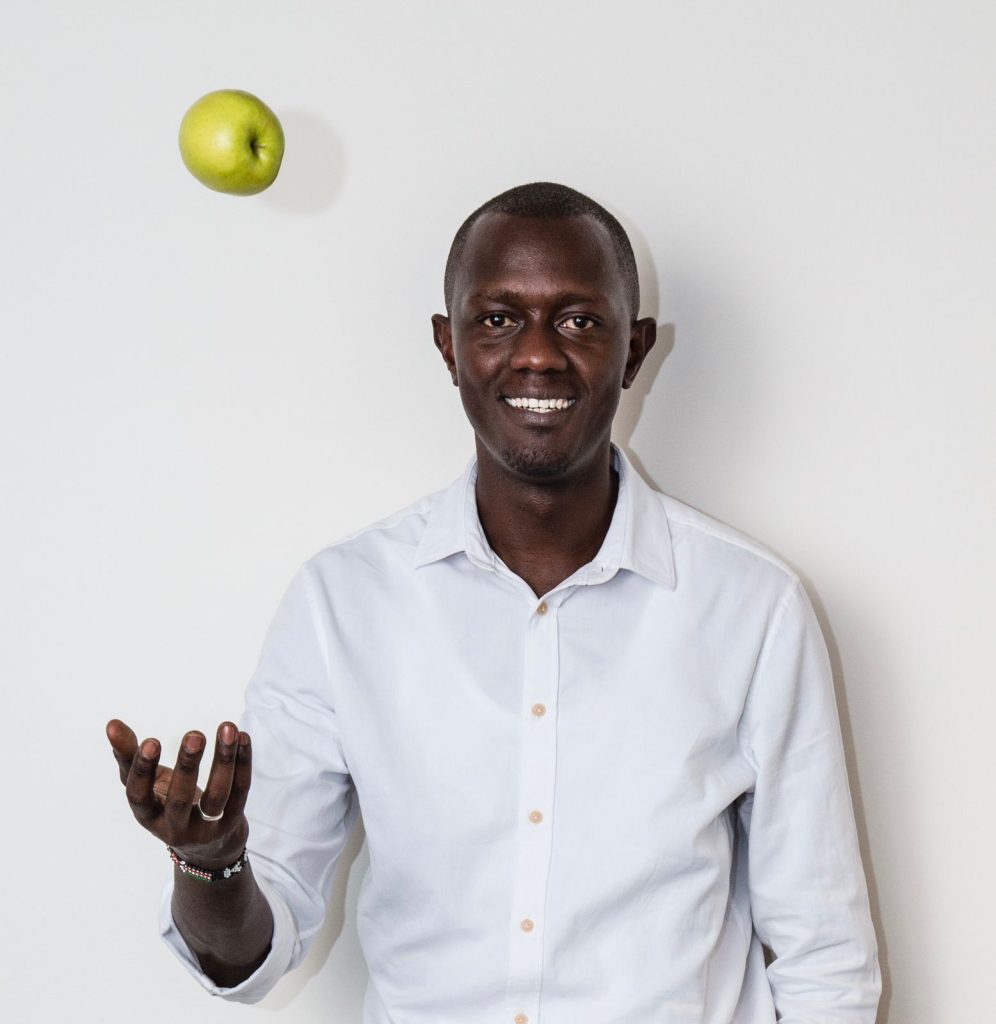
Kenya’s Open Data Initiative exists, but limited data capacity (per Open Government Partnership reports) still cripples AI tools’ effectiveness—no quality data means no working AI.
Ndungu also believes access to data is very difficult as “Majority of this data sits with a few organisations and the government, which has it fragmented because they do not have a central database where they provide it, whether in its original format or in an anonymised format for AI practitioners to use it.”
Another challenge for the adoption of AI in Kenya is the absence of adequate infrastructure with few data centres to support AI’s computational capacity, as they “consume vast amounts of electricity,” noted an IMF report.
Though Kenya now has data centres with a capacity of 20MW, with an additional 25MW being projected by the end of the year. But “Data centres are expensive, they are massive, and they are very power-hungry” as they consume power akin to small cities, explained Oloruko-Oba.
Despite these challenges, Ndungu believes Kenya can ride the AI revolution and achieve universal health care, but also “we can get there faster because Kenya has more potential…and the infrastructure to get people online and the skill set to deploy AI locally.”
